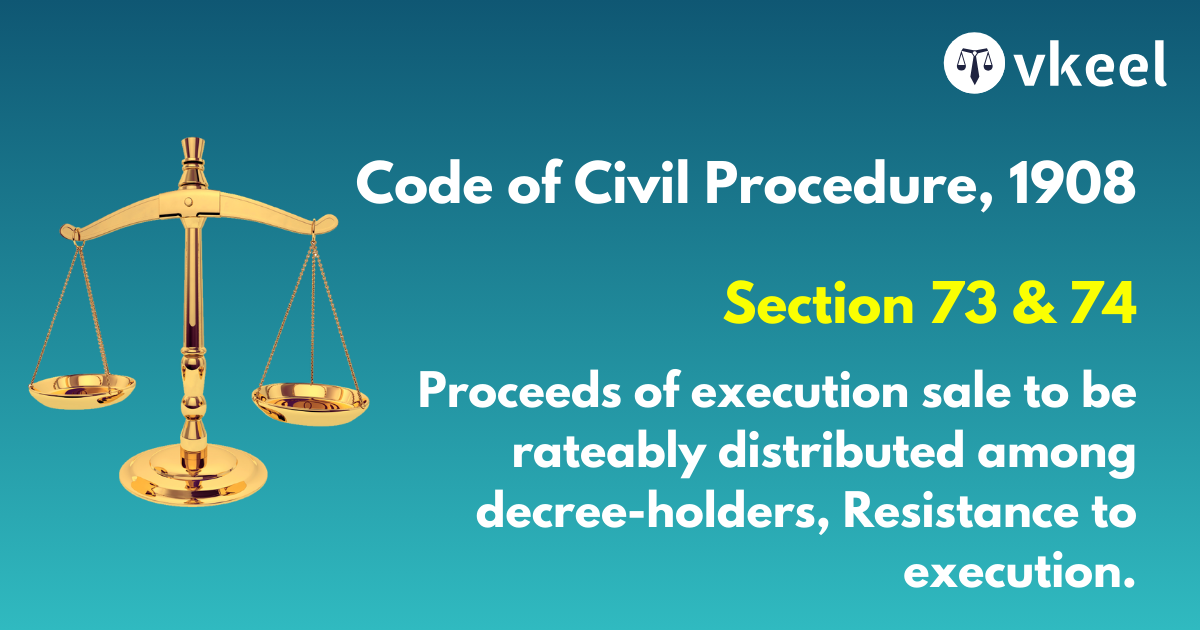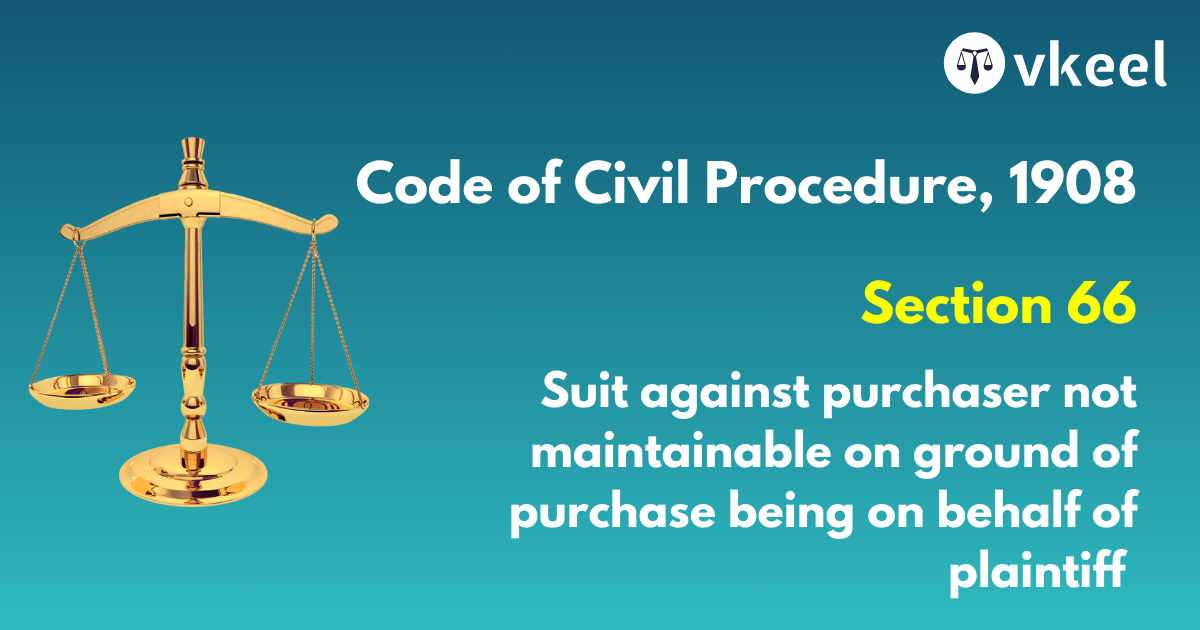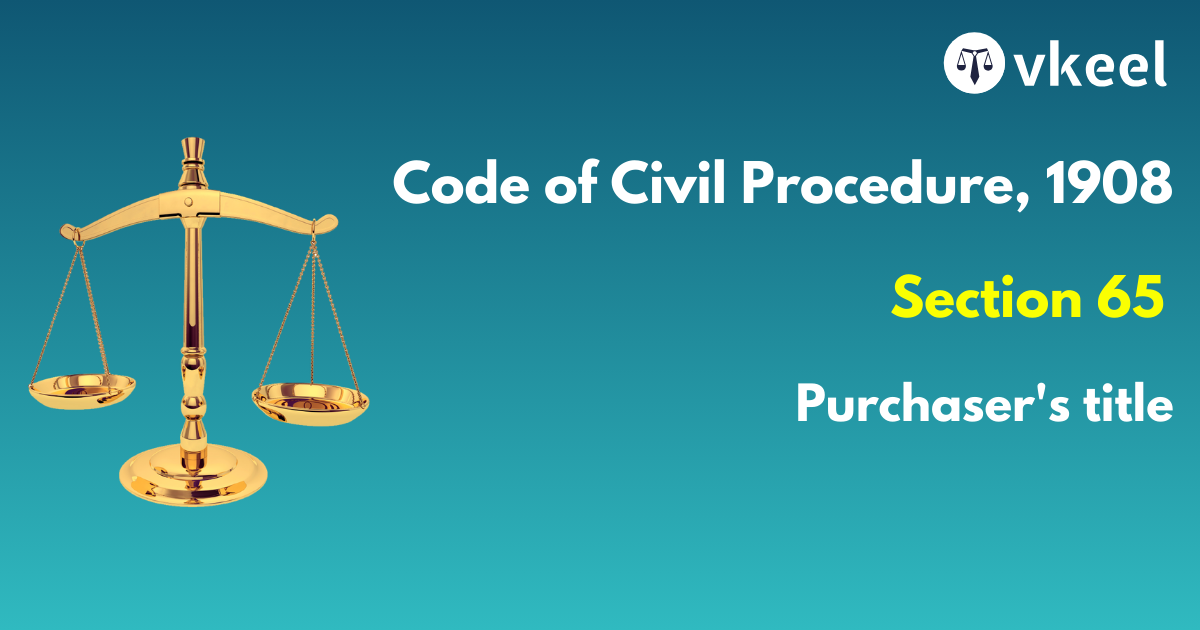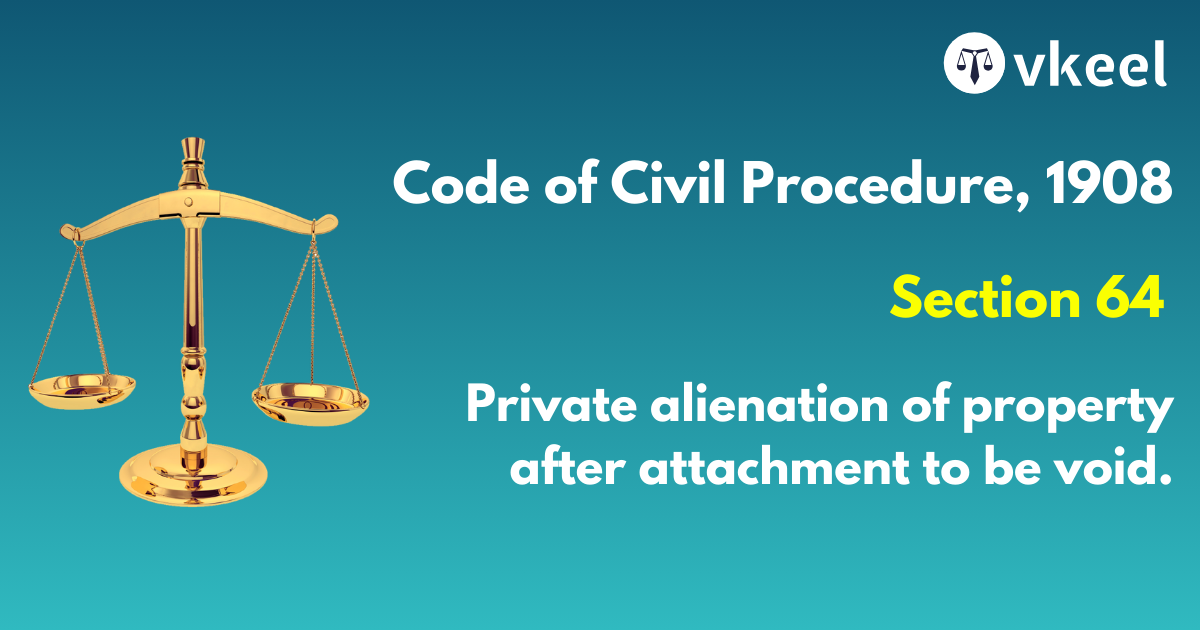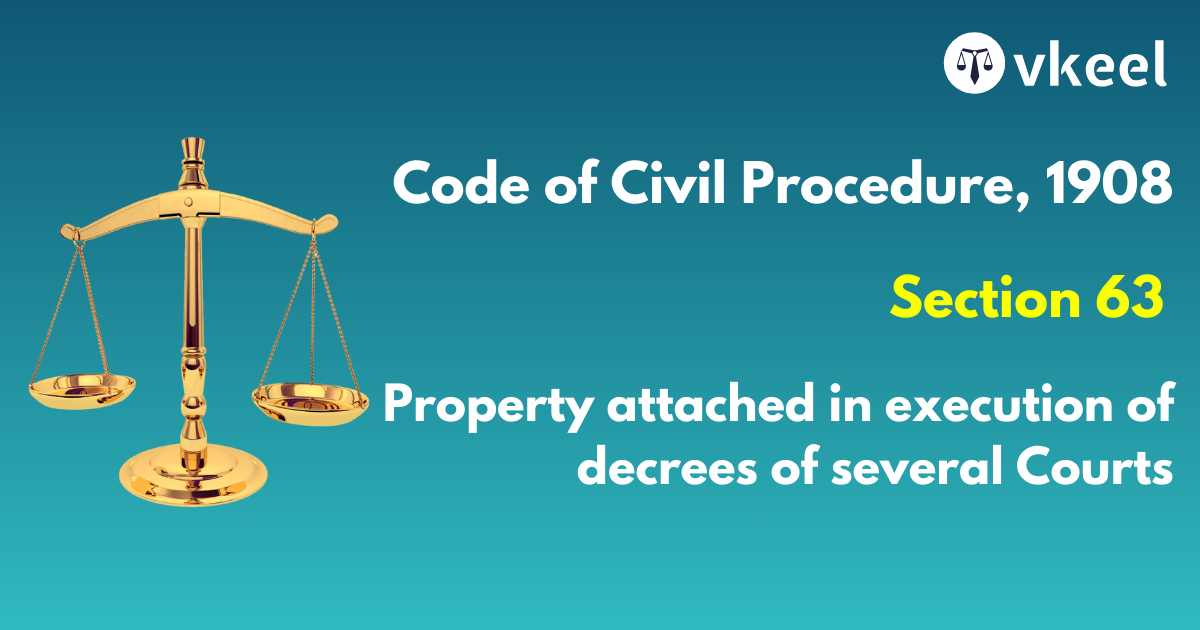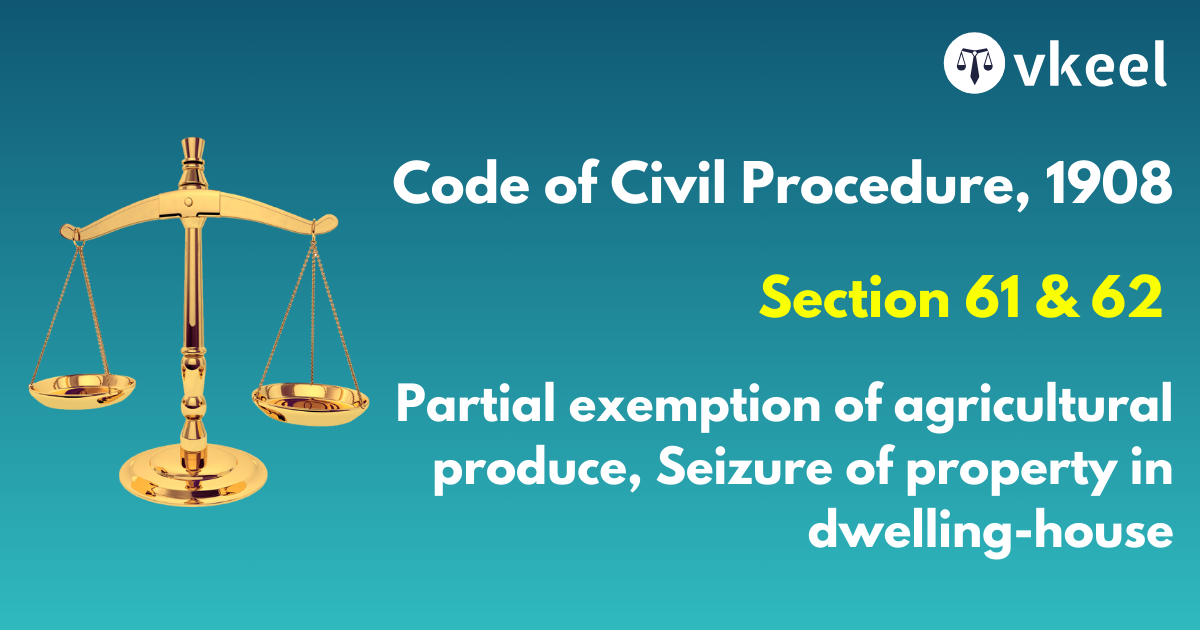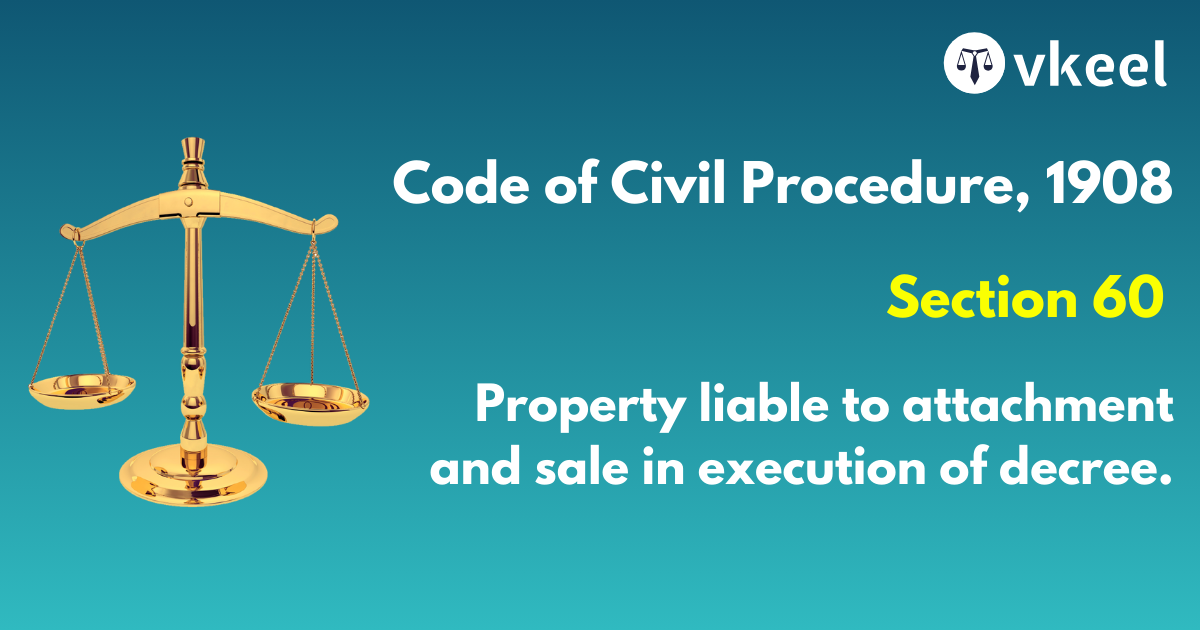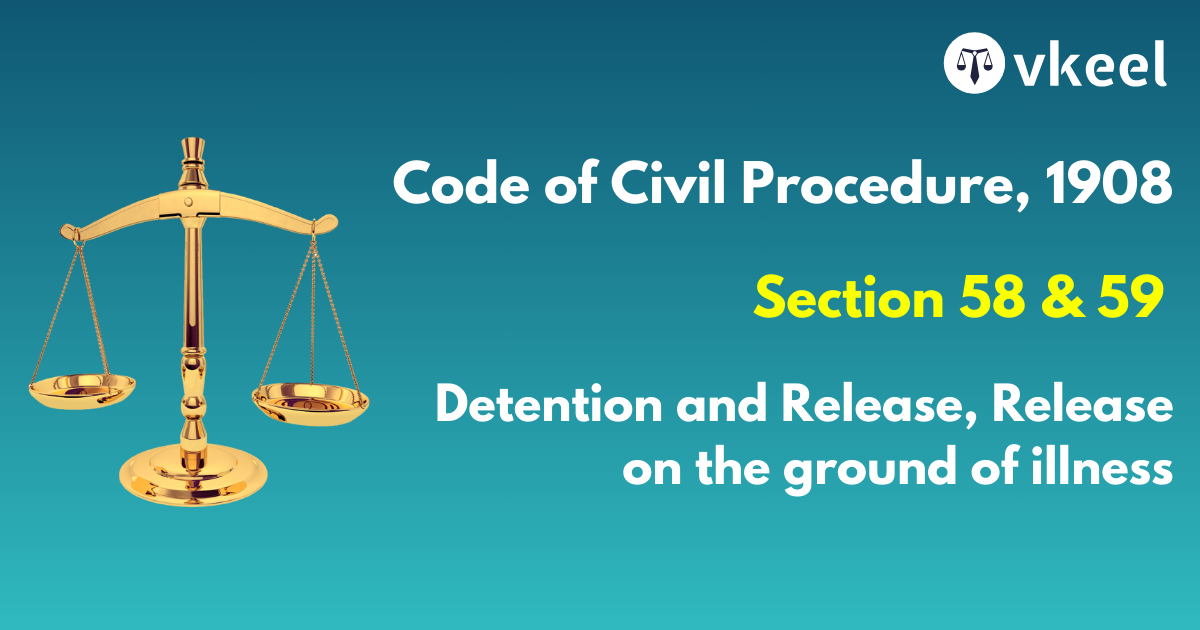Section 45 of the Code of Civil Procedure,1908
By Joy Puri
Introduction
The Section 45 of the Code of Civil Procedure enumerates regarding the execution of the respective decrees outside the territorial limits of India.
It further permits the execution of the decrees passed by the civil courts in India against any person or any sort of property outside India, but this is only in specific matters and under certain conditions which need to be tick-marked thereof.
The Section 45 of the Code of Civil Procedure thereby while envisaging about the specific cases, narrates that the Central Government must issue a notification in the Official Gazette of India making it clear the territories wherein the Section 45 of the Code of Civil Procedure would be held valid.
While addressing the execution of the decrees outside India, it acts as a crucial instrument in resolving the beyond the border litigation arising and stemming thereof.
As the world has been witnessing the growth in commerce, property and financial transactions, the need of the efficiency and the effectiveness of the judgements has to be dealt with utmost care and respect towards the international relations while backing it with a valid reason.
The basic need of the Section 45 of the Code of Civil Procedure is that it helps to prevent the legal outcomes in the territory of India from being ineffective merely on the basis of geographical constraints.
Section 45 of the Code of Civil Procedure,1908
Execution of decrees outside India-
45. So much of the foregoing sections of this Part as empowers a Court to send a decree for execution to another Court shall be construed as empowering a Court in any State to send a decree for execution to any Court established by the authority of the Central Government [outside India] to which the State Government has by notification in the Official Gazette declared this section to apply.
Landmark Case Laws
Narsomal Vs Posumal,1929
This section was substituted for the original section by the Adaptation Laws 1937. The courts contemplated in the original section were courts in the Indian States in alliance with what was formerly the British Government
Janardan Govind Karguppikar Vs Narayan Krishnaji Karguppikar, 1918
We are dealing with an application to execute a decree. Whether or not it must be dismissed as time barred depends upon the effect of an application to the decretal Court to send the decree for execution to a Court in a Native State other than a Court of the kind described in Section 45 of the CPC.
Khairati Vs Banni Begam, 1908
Section 45 of the Code of Civil Procedure provides that when causes of action are joined which the Court considers cannot be conveniently tried or disposed of together, it may order separate trials or make any other order that may be necessary or expedient.
Narsingh Das Vs Mangal Dubey, 1882
The policy of the law is to prevent the unnecessary multiplicity of suits. On the other hand, the provisions of ss. 31 and 34, as well as the latter part of s. 45, together with s. 46, seem to indicate that the Legislature intended to remove from the Civil Procedure of India technicalities which formerly defeated suits under a system of procedure not adapted to the method of pleading prevalent in this country.
Conclusion
To conclude with the Section 45 of the Code of Civil Procedure, the provision serves and facilitates cross border execution of the decrees.
It serves as a crucial provision in the Code of Civil Procedure for enforcing the decrees of the Indian Courts of law in foreign jurisdictions.
Disclaimer:
The information provided in the article is for general informational purposes only, and is not intended to constitute legal advice or to be relied upon as a substitute for legal advice. Furthermore, any information contained in the article is not guaranteed to be current, complete or accurate. If you require legal advice or representation, you should contact an attorney or law firm directly. We are not responsible for any damages resulting from any reliance on the content of this website.



